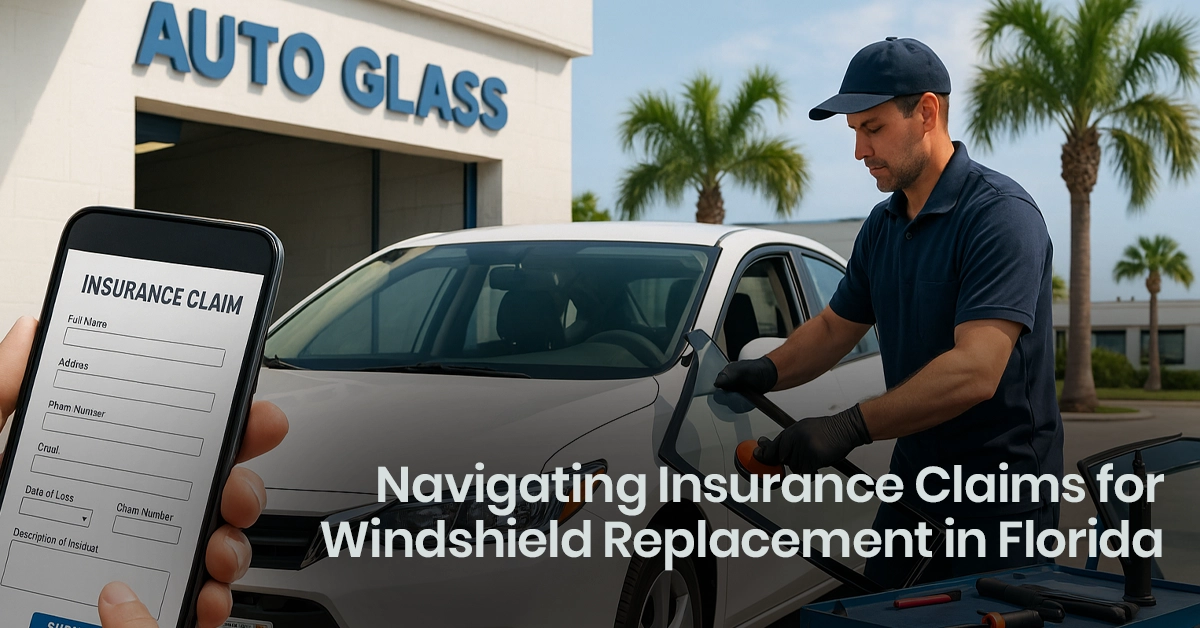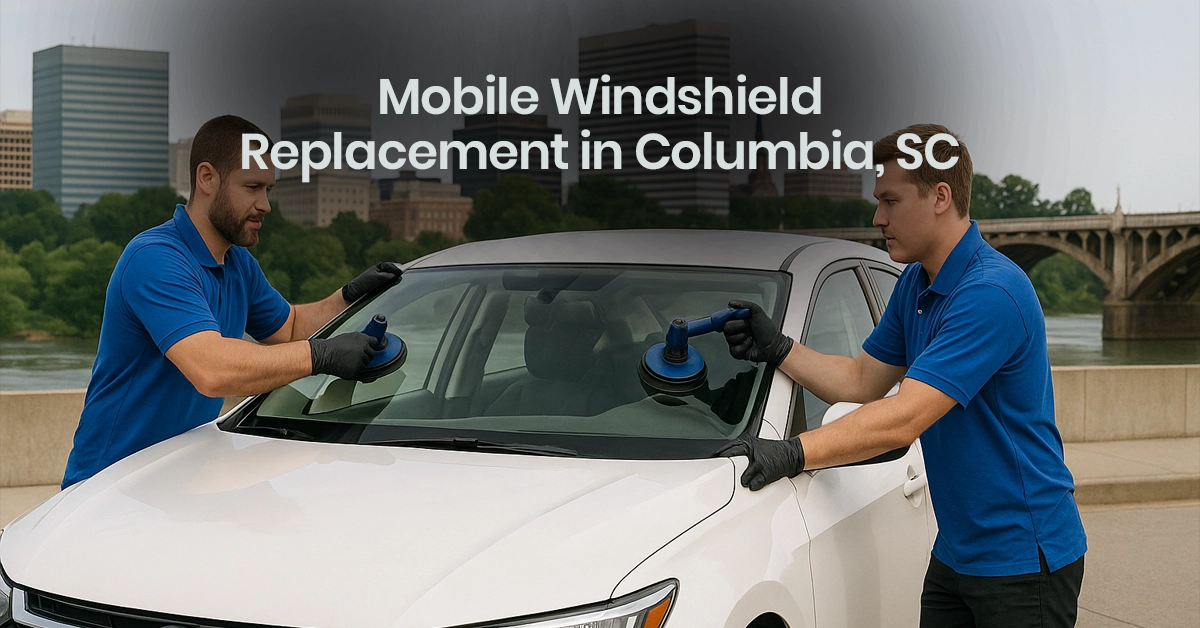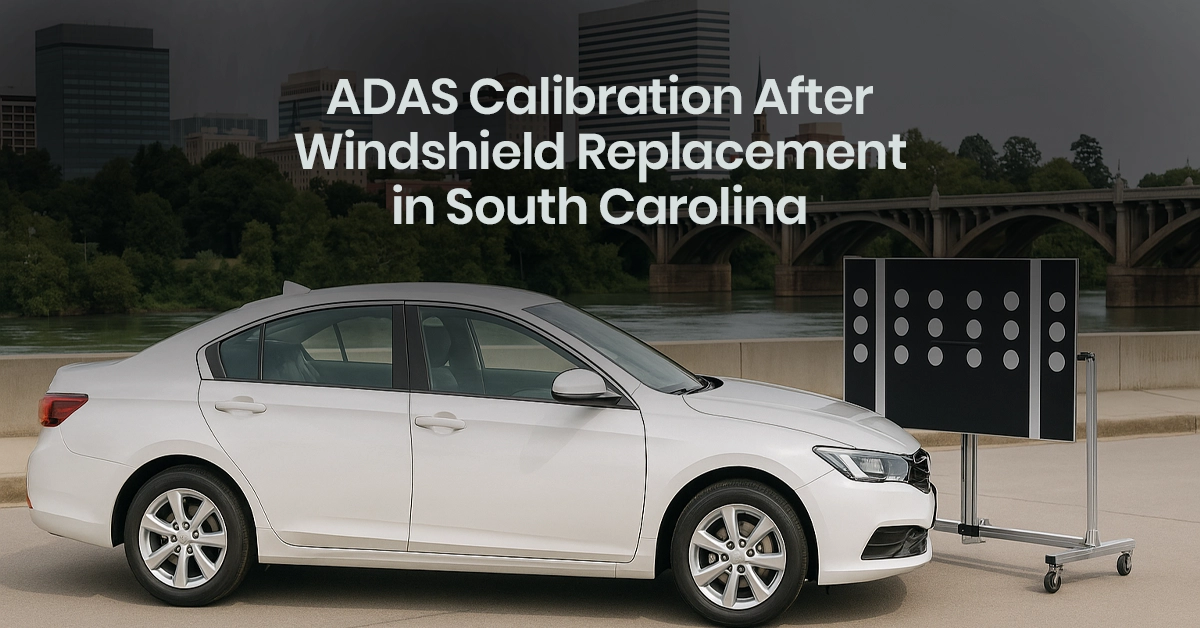Diving into Automotive Technology Calibration: Types and Methods
October 10, 2023
Have you ever wondered how your car seems to know exactly what you need? It runs smoothly, shifts gears effortlessly, and even alerts you if you drift out of your lane. All of this is made possible through calibration.
Curious about what calibration means in automotive terms?
In this article, we’ll explore what car calibration entails, delve into the various types of calibration, and discuss its critical importance. Finally, we’ll highlight the latest technological advancements in automotive calibration.
What Is Calibration in Automotive Systems?
Fine-tuning advanced technologies is essential to optimizing the performance of modern cars, and calibration plays a critical role in this process.
So, what is car calibration?
Calibration involves the precise coordination of electrical units, sensors, and software within vehicles to ensure they operate at peak performance. Its significance extends beyond mere functionality; it enhances safety, efficiency, and compliance with regulatory standards.
Types of Calibration in the Automotive Sector
Car calibration is executed across different systems. Each system has unique calibration requirements to guarantee efficient performance.
Here are the main types of calibration in the automotive sector and what they include. There are also different types of windshield calibration.
| Calibration Type | Parameters included |
Engine Calibration
|
|
Transmission Calibration
|
1. Shift Timing: for up and downshifts based on the vehicle’s speed 2.Gear Ratio: adjusting the gear ratio to balance power and fuel economy 3.Torque Converter Lockup: adjusting the lock-up time for fuel efficiency 4. Pressure Sensor- for maintaining optimum tire pressure and engine fuel delivery |
Advanced Driver Assistance System (ADAS) Calibration
|
1. Camera Calibration -aligning the cameras and their field of vision 2.Sensor Calibration – ensure the optimal functioning of the sensors 3. Radar Calibration – for accurate measure of distance and speed of the other vehicles |
Steering and Suspension Calibration
|
1.Steering Angle -for aligning the steering angle and the wheels 2. Power Assistance- adjust the steering assistance for various speeds 3. Electronic Stability Control- to stop skidding and sliding 4. ABS- to prevent the wheel from locking while braking |
| Brake System Calibration For consistent braking performance |
1. Pedal Response- for effective braking Regenerative Braking- conversion of kinetic to electrical energy in electrical vehicles |
| Headlight and Camera Calibration Prevention of accidents and conformity to regulatory standards. |
1. Headlight calibration- for optimal road illumination 2. Beam and height adjustments of headlights |
| Types of Windshield Calibration | 1. Static calibration- done when the car is stationary 2. Dynamic calibration- done when the car is moving |
| Calibration Type | Parameters Included |
Engine Calibration
|
|
Transmission Calibration
|
|
Advanced Driver Assistance System (ADAS) Calibration
|
|
Steering and Suspension Calibration
|
|
| Brake System Calibration For consistent braking performance |
|
| Headlight and Camera Calibration Prevention of accidents and conformity to regulatory standards. |
|
| Types of Windshield Calibration |
|
Why Is Calibration Essential for Automative Safety and Performance?
Car calibration is essential for all complex systems to coordinate and work together for the best driving experience.
- Performance: Calibration balances the vehicle’s power and fuel economy to guarantee effective performance.
- Safety: ADAS calibration and other types of windshield calibration ensure driver and occupant safety.
- Compliance with Regulatory Systems: With calibration, your vehicle conforms to emission, legal, and safety standards.
Technological Advancements in Automotive Calibration
Technological evolutions have significantly affected the way we calibrate cars. Some of the most important technological changes in automotive calibration are listed below.
- Automated Calibration Tools: Automated tools are software and model based. They help in real-time calibration.
- Over the Air Calibration (OTA): This technology enables calibration without any need to visit a service center.
- AI-Based Calibration: Using real-time data, AI algorithms predict the calibration parameters.
- Developed ADAS Calibration: As ADAS systems have matured, newer calibration technologies have emerged, including 3-D calibration and self-calibration. Such extensive calibration methods are essential to meet the demands of modern vehicles, which are constantly evolving.
Conclusion
Because of the increasing complexity of automotive systems such as advanced driver assistance systems (ADAS), sensors, and cameras, accurate calibration is required to ensure optimal operation. Cars that are frequently calibrated by certified services are assured to meet safety standards and perform properly.
Looking for an auto glass company that specializes in various windshield calibration services? Choose NuVision! We proudly serve Arizona, South Carolina, and Colorado, with a strong focus on customer satisfaction and top-quality service.
Contact us today for a free quote on your auto glass needs!
FAQs
How many types of car calibrations are present?
There are over ten types of calibration, and they continue to evolve with technology. Each type targets specific vehicle systems to ensure optimal performance and safety.
What are the three methods of calibration?
The three methods are manual, static, and dynamic calibration. Manual calibration involves technician adjustments, static calibration is done while the vehicle is stationary, and dynamic calibration occurs during vehicle movement for real-time adjustments.
What are the different types of VNA calibration?
VNA calibration types include Electronic Calibration, through-Open Short-Match (TOSM), Thru-Reflect-Line (TRL), Line-Reflect-Match (LSM), and Short-Open Load calibrations. Each type is essential for accurate performance in RF and microwave testing and reduces measurement errors.







